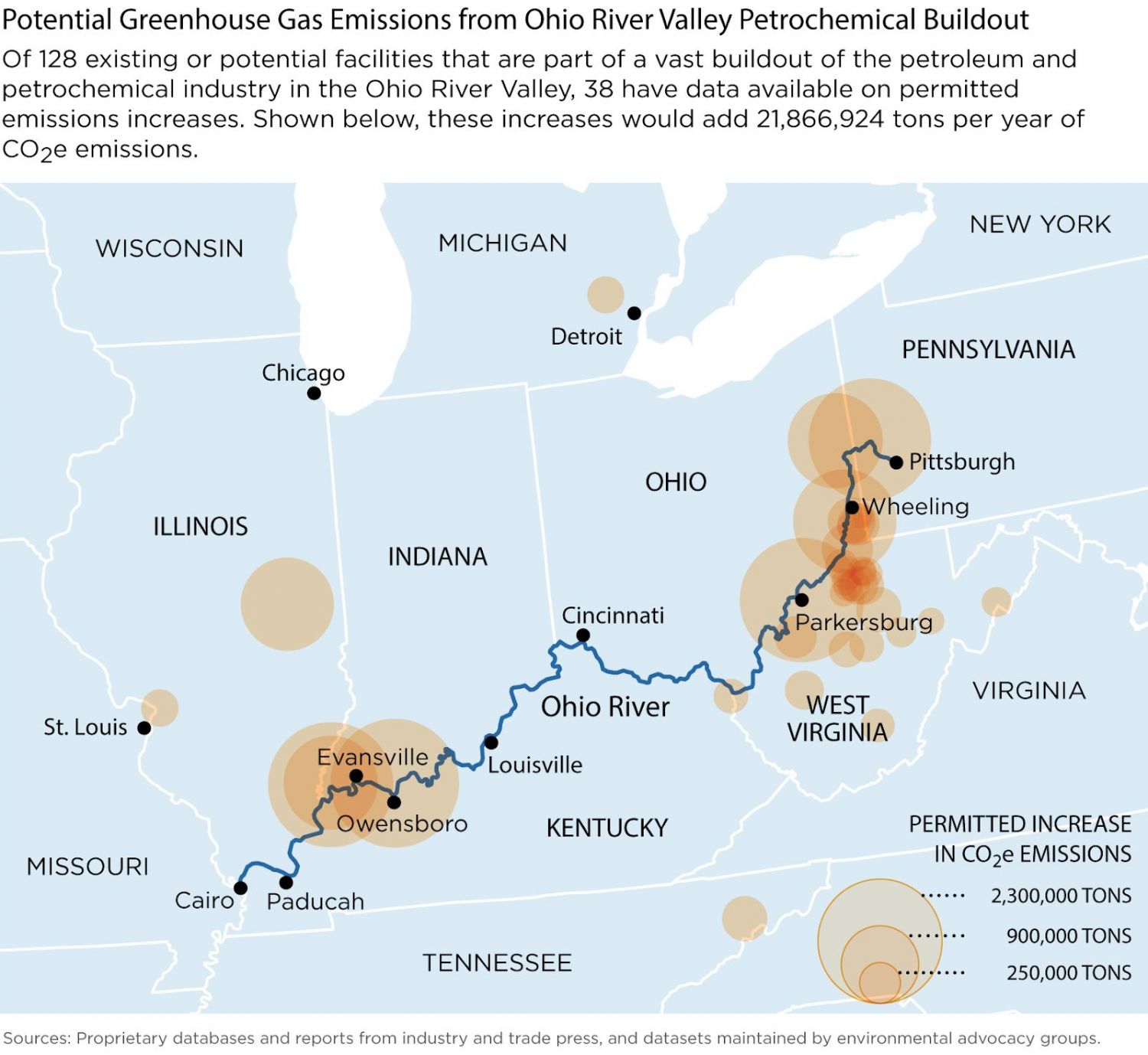
### Elk River Chemical Spill Crisis: Grasping the Effects of 4-Methylcyclohexane Methanol
Recently, a major environmental catastrophe occurred when Freedom Industries, a company specializing in chemical storage and processing, released a considerable amount of **4-methylcyclohexane methanol** (4-MCHM) into the Elk River in West Virginia. This incident resulted in extensive contamination of the regional water supply, impacting over 300,000 residents who were abruptly instructed to refrain from utilizing their tap water for drinking or bathing. The crisis prompted the local community to scramble for bottled water, leading to immediate shortages and exacerbating an already delicate situation.
While the health implications of short-term exposure to 4-MCHM remain ambiguous, it is vital to comprehend what this substance is, how it interacts with the human body, and whether it presents a long-term threat to the environment and human health.
### What Is 4-Methylcyclohexane Methanol (4-MCHM)?
**4-MCHM** is an organic solvent frequently employed for cleaning coal to eliminate impurities prior to combustion. From a chemical standpoint, it consists of a six-carbon ring (termed a cyclohexane ring) with a methyl group and a hydroxyl group (–OH) attached. The molecular construct is predominantly formed of carbon and hydrogen atoms, rendering it mostly nonpolar except for the small, polar area introduced by the hydroxyl group.
#### Solubility in Water & Environmental Behavior
Due to its largely hydrocarbon composition, **4-MCHM** exhibits low solubility in water. The polar hydroxyl group enhances water solubility to a certain degree, yet the greater part of the molecule is nonpolar, indicating that it tends to avoid mingling with water, especially at elevated concentrations. In fact, when it spills into water, this compound is likely to float and create a separate layer because it is less dense than water. Furthermore, its reluctance to mix with water complicates its removal once it enters the environment.
### Assessing the Hazard of 4-MCHM
A significant concern related to the chemical spill is the uncertainty regarding **4-MCHM’s** toxicity. While data is limited, some sources provide insight into potential risks:
1. **Direct Hazards:**
As with many organic solvents, **4-MCHM** is flammable, yet it does not evaporate as readily as more volatile solvents such as acetone or hexane. The hydroxyl (OH) group can engage in weak interactions known as hydrogen bonds, which slow down the evaporation process.
2. **Acute Toxicity:**
According to the U.S. Environmental Protection Agency (EPA) and Freedom Industries’ Material Safety Data Sheet (MSDS), the LD50 for rats — the dosage required to kill 50% of a test population — is **825 mg/kg of body weight**. This implies that extraordinarily high doses would be necessary to create a severe immediate threat to human life, suggesting that casual skin contact or inhalation of lower concentrations is unlikely to be fatal.
3. **Impact on Aquatic Life:**
Another significant worry is the effect on local fish and aquatic ecosystems. The chemical’s “no-observed effect concentration” in **fathead minnows** starts at 25 mg/L (~25 ppm). This indicates that at sufficiently elevated concentrations, aquatic organisms could face stress or harm, although widespread or long-lasting damage is not expected since the chemical can decompose in the environment over time.
4. **Metabolism in the Human Body:**
Within the body, **4-MCHM** may accumulate in fatty tissues due to its low water solubility. The liver might attempt to process it by transforming the hydroxyl group (-OH) into alternative forms such as carboxylic acids (COOH), which the body can eliminate more easily through urine. Nonetheless, it is difficult to predict how various individual proteins and enzymes will interact with **4-MCHM** or if long-term accumulation could result in health issues, emphasizing the necessity for further research and experimentation.
### Unresolved Questions
In spite of the preliminary data mentioned earlier, numerous uncertainties remain:
– **Carcinogenicity:** No existing data indicate whether **4-MCHM** is a carcinogen (a substance that might induce cancer).
– **Long-term Effects:** Currently, there are no investigations regarding the prolonged effects of chronic exposure. Adverse reactions such as skin irritation or rashes have been reported for extended low-dose exposure, but without more comprehensive studies, no definitive conclusions can be made regarding its potential impact on human health over time.
– **Unknown Impurities:** A worrisome aspect of the spill is that this chemical may not be particularly pure industrially, given its applications in coal-washing rather than pharmaceutical-grade purposes.